Hurricane Preparedness: Your Completed Disaster Preparation Plan
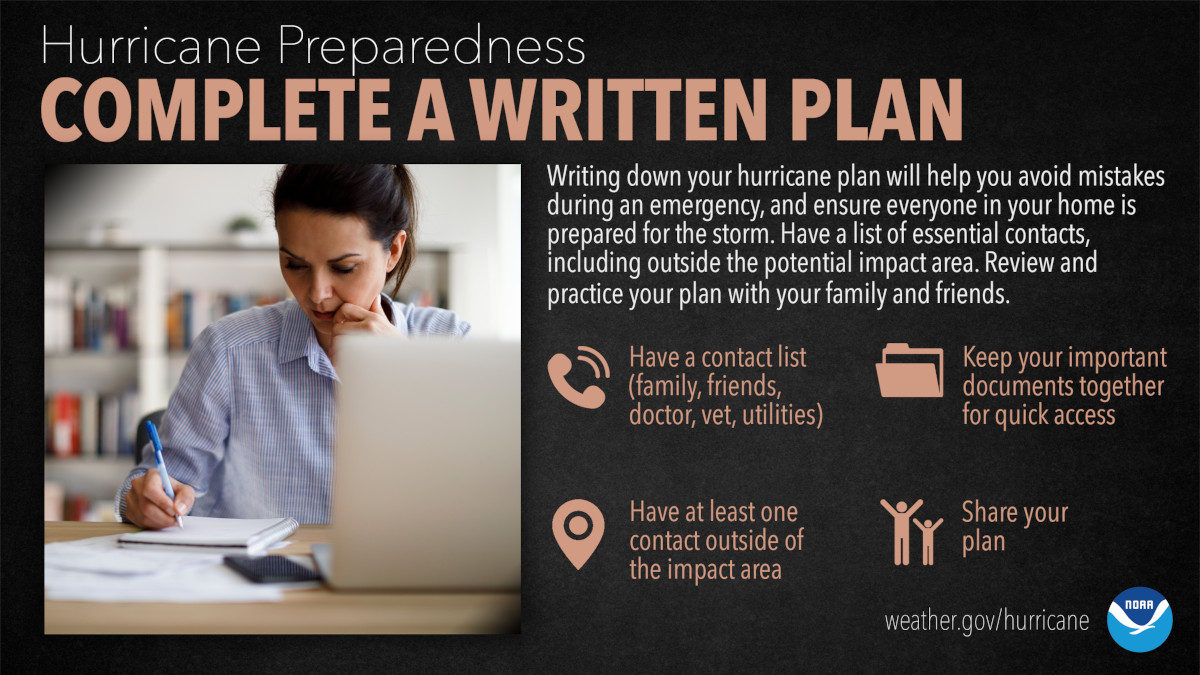
A Complete Hurricane Emergency Plan: What to Do. When to Do it.
Hurricane Preparedness Articles
- 7 Step Hurricane Preparedness Plan
- Hurricane Hazards and Risk Factors
- Make a Hurricane Evacuation Plan
- Hurricane Preparedness Kits and Supplies
- Hurricane Insurance Checkup and Updates
- Prepare Your Home for Hurricanes
- Help Neighbors with Hurricane Preparedness
- Complete Your Hurricane Preparedness Plan
- Emergency Preparedness Tips
- How to Prepare for a Power Outage
- 10 Tips to Survive a Hurricane Disaster
- FEMA Recommends a Generator
- Hurricane Disaster Preparedness
When will the next hurricane threaten the Atlantic of Gulf Coast? Unfortunately, as good as our National Hurricane Center is at forecasting tropical cyclones, they cannot look more than a week or two into the future with accurate predictions. Even the seasonal forecast for the Atlantic Hurricane Season—June 1 to November 30—has a high degree of uncertainty.
When short range forecasts reaching out five days do predict a tropical cyclone, an accurate track of the storm won’t be known until hours before it makes landfall or passes harmlessly out to sea.
Write down your plan and act upon it. Take care of all the items that require purchases and modifications to your home. It’s important to implement these portions of your plan in advance of any storm predictions because once they are issued, many of these items become hard to obtain and even harder to schedule tradesmen who can do the work.
Complete Preparations Before Hurricane Season Begins
![]() Obtain an NOAA weather radio for up to date information on severe storms, flooding, and other alerts. Consider one with a rechargeable battery that sits in a charger. If you must seek shelter, just pick it up and take it with you. Another good option combines the weather radio with a clock and alarm so you receive alerts even if you’re sleeping.
Obtain an NOAA weather radio for up to date information on severe storms, flooding, and other alerts. Consider one with a rechargeable battery that sits in a charger. If you must seek shelter, just pick it up and take it with you. Another good option combines the weather radio with a clock and alarm so you receive alerts even if you’re sleeping.
Purchase and install storm shutters. They protect your windows and doors from flying debris or failure in the extreme wind. Once a door or window is lost, the roof becomes vulnerable as the extreme wind builds pressure inside the room and lifts the roof off.
Refit your older home to meet current building codes. Older homes may not have the structural reinforcement that transfers wind loads from the roof through the frame to the foundation. Hurricane ties can keep the roof frame and sheathing on your house even if the shingles or other covering is lost. Reinforcement protects the entire home and the belongings inside.
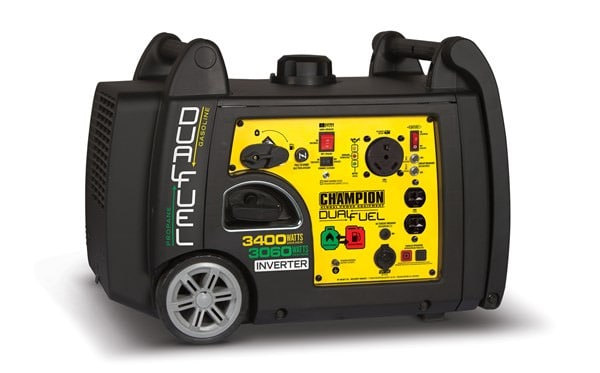 Portable generators are top sellers just before a hurricane and in the hours that follow. Local resellers will exhaust their supply of the best units within hours. A portable generator is an important part of any disaster plan. Standby generators can keep your home powered for days or weeks following a storm. They operate automatically and connect to your natural gas supply for a virtually endless supply of fuel. Contact Norwall PowerSystems today for a Portable or Standby Generator.
Portable generators are top sellers just before a hurricane and in the hours that follow. Local resellers will exhaust their supply of the best units within hours. A portable generator is an important part of any disaster plan. Standby generators can keep your home powered for days or weeks following a storm. They operate automatically and connect to your natural gas supply for a virtually endless supply of fuel. Contact Norwall PowerSystems today for a Portable or Standby Generator.
Nonperishable food and water supplies are essential. After the storm, the shelves in local stores will empty quickly. Store enough nonperishable food for a week. Don’t forget the seniors, infants, and toddlers have special nutrition needs—keep them in mind while you shop.
Prepare to store seven gallons (one week supply) of drinking water for each person. Three and five gallon jugs or bottles are portable and easily available. Store water for sanitation and personal hygiene in five gallon buckets with watertight lids. Each person will need about a gallon per day for washing. It takes two to three gallons of water to flush a toilet.
 Put together a disaster kit that is portable. If you must evacuate, take it with you. After the hurricane passes, local officials and relief workers will arrive on the scene, but it may take time for them to reach you. With your own supplies, you remain self-sufficient and have any special items they relief workers may have available.
Put together a disaster kit that is portable. If you must evacuate, take it with you. After the hurricane passes, local officials and relief workers will arrive on the scene, but it may take time for them to reach you. With your own supplies, you remain self-sufficient and have any special items they relief workers may have available.
Document your home and personal belongings. Use a camera and make lists of everything including their value. Store a copy in a bank lock box or other secure location. Keep a copy with you as part of your disaster kit. Documented proof of your home and belongings will help when dealing with insurance companies. Also keep a copy of your insurance policies in the lock box and another in your disaster kit.
Share your plans for gathering and meeting with your family. Everyone should know the plan and what to do when officials declare a hurricane watch or warning. Know your evacuation route and where to get information. Bookmark important websites and social media accounts on your smart phone and tablet.
Hurricane Watch
A hurricane or tropical storm watch is issued 48 hours in advance of a storm. A hurricane watch means hurricane conditions are possible within 48 hours. A tropical storm watch means tropical storm conditions are possible. As the storm approaches, forecasters may adjust the watch area. Areas that started under a tropical storm watch may change to a hurricane watch.

Before the storm arrives and while there is still good weather, perform routine maintenance on your standby or portable generator. Standby generators run their own exercise cycle, but portable owners should start the engine and let it run for ten minutes after the maintenance is done. Check your supplies for maintenance items including spark plugs, filters, and oil. Portables and standby units both require on time maintenance to preserve warranties and keep the units operating for extended periods.
Inform children that you’re preparing for the storm and make them a part of preparations.
Hurricane Warning
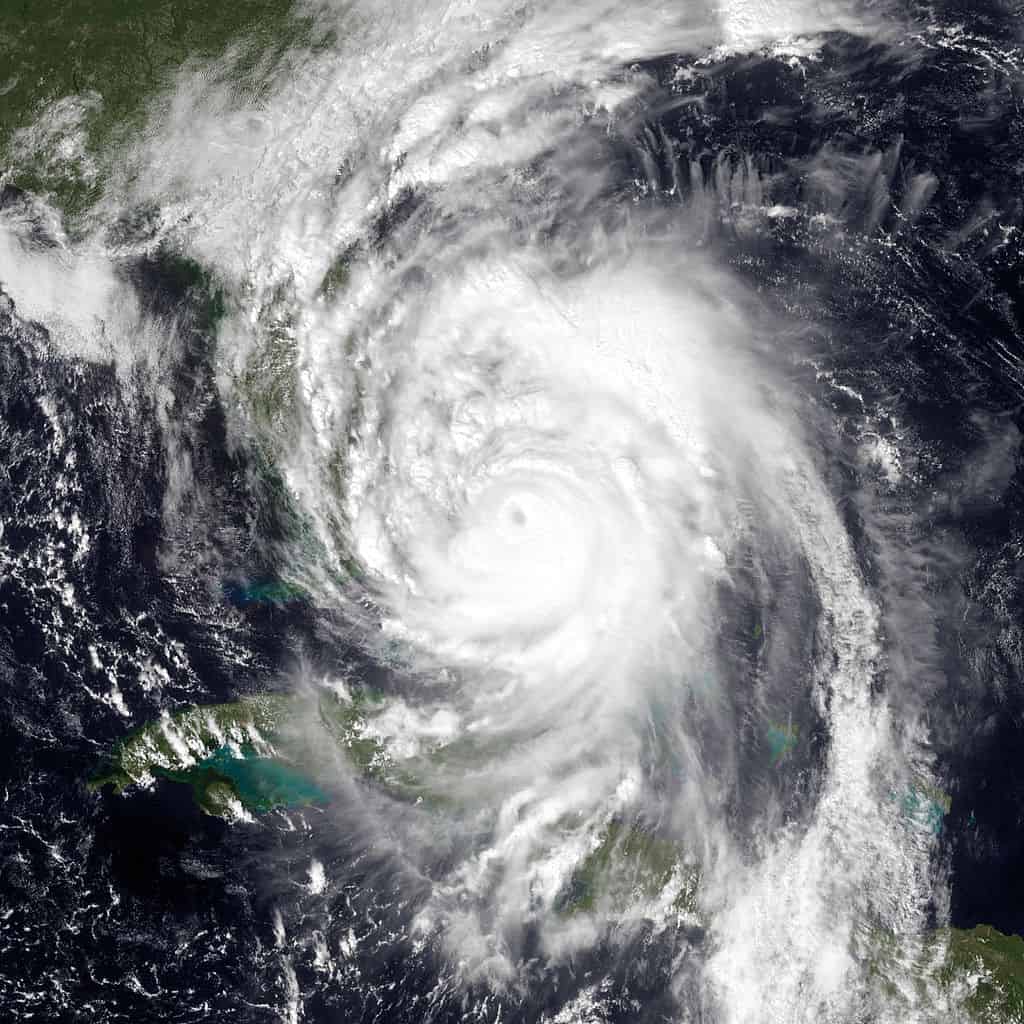 Forecasters issue hurricane and tropical storm warnings when they expect hurricane or tropical storm conditions within 36 hours.
Forecasters issue hurricane and tropical storm warnings when they expect hurricane or tropical storm conditions within 36 hours.
Depictions of the path of a storm are often misleading. A large storm may span hundreds of miles while a smaller storm less than a hundred. Diameter of the storm is no indication of strength. Pay attention to storm warnings and coastal alerts.
Follow evacuation orders if they are given. Stay in touch with family and friends via text or social media—text messaging is often more reliable than attempting phone calls after a disaster. Follow news reports and local officials for important information. Keep the television or radio tuned to local stations.
Keep vehicles full of gas. Replenish supplies of fuel for portable generators.
Try to accomplish as much as possible during the next 18 hours. Keep family members, especially children and teens, at home.
18 Hours to Landfall
 Bring all loose objects in from your yard. Garbage cans, patio furniture, gas grills, etc. Anchor anything that is not safe to bring inside such as the propane tank from your gas grill. Pick up debris, branches, or anything the wind might pick up and carry. Small flat objects can become deadly guillotines during a hurricane.
Bring all loose objects in from your yard. Garbage cans, patio furniture, gas grills, etc. Anchor anything that is not safe to bring inside such as the propane tank from your gas grill. Pick up debris, branches, or anything the wind might pick up and carry. Small flat objects can become deadly guillotines during a hurricane.
Stay tuned to local radio and television for updates on the storm. Follow local officials, state, county, and municipal governments on social media. Check often for updates. Make sure local disaster relief websites are bookmarked on your cell phone and tablets.
Close storm shutters or install your prepared plywood panels.
6 Hours to Landfall
Check local television, radio, and websites for updates and information. Follow emergency instructions when they are given.
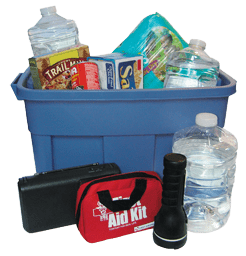 Remember that children attuned to the impending storm will worry. Talk to them about the storm and what they might expect. Later when the storm does arrive, they will have fewer fears and not worry as much. Keep them busy with games or computers.
Remember that children attuned to the impending storm will worry. Talk to them about the storm and what they might expect. Later when the storm does arrive, they will have fewer fears and not worry as much. Keep them busy with games or computers.
Move supplies and other items to a center room away from windows and doors. Charge cell phones and extra batteries, tablets, and laptop computers. Turn refrigerators and freezers to the highest setting. Keep their doors closed.
Keep your family and especially your children at home. Let family and friends know that you are home and plan to stay through the storm.
As the storm grows nearer, conditions will worsen. Stay indoors. Leave exploring outside to experience the storm to cable meteorologists. The crashing waves are just as amazing on television as they are at the beach, but it’s far safer to see them at home.
Hurricane
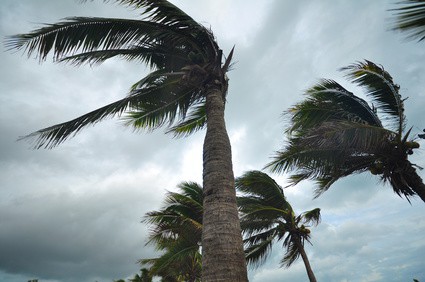 Power outages are common and widespread. If you’re relying on a portable generator for emergency power, wait for the storm to pass before going outdoors to start it. Keep refrigerators and freezers closed. Light candles, let children hold their flashlights. A standby generator will start and run automatically and supply power within a few seconds.
Power outages are common and widespread. If you’re relying on a portable generator for emergency power, wait for the storm to pass before going outdoors to start it. Keep refrigerators and freezers closed. Light candles, let children hold their flashlights. A standby generator will start and run automatically and supply power within a few seconds.
Stay away from windows and doors. An interior room with no exterior walls is preferable. Stay out of the basement if you have one. The house will make a lot of noise. Loads transferred from the roof to the foundation will cause wood to flex and creak.
Check for weather and emergency information updates frequently—intervals of 30 minutes is good. Conserve cell phone battery power until the storm passes and local utilities restore power. If you have a life-threatening emergency, call 911 and explain it in a calm tone. Remember that calls for help will increase and it make take longer for responders to reach you.
Don't forget that the storm may seem to subside as the eye passes over your area. The air will become almost still. After a short pause, the eye will pass by and full strength of the storm will resume. Stay indoors until weather reports indicated the storm has passed and it is safe to go outside.
Updated May 5, 2022
